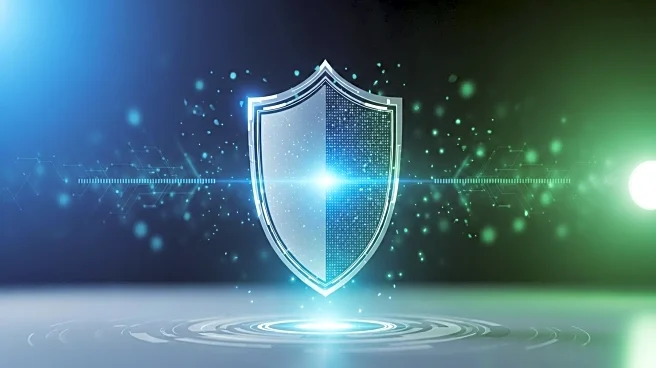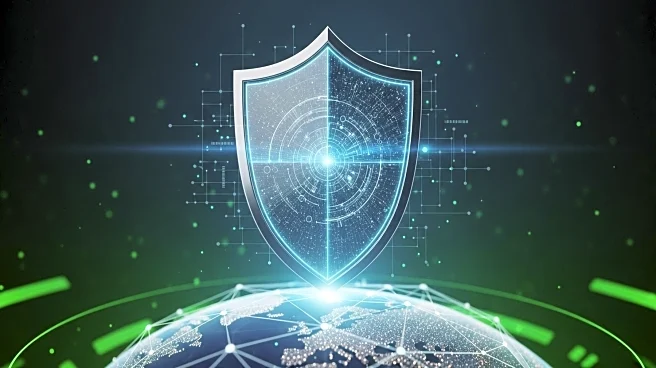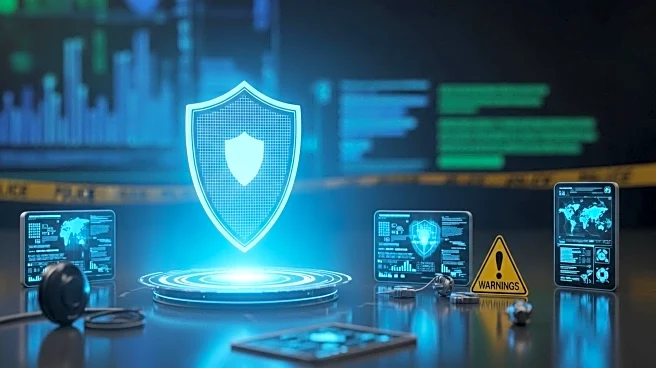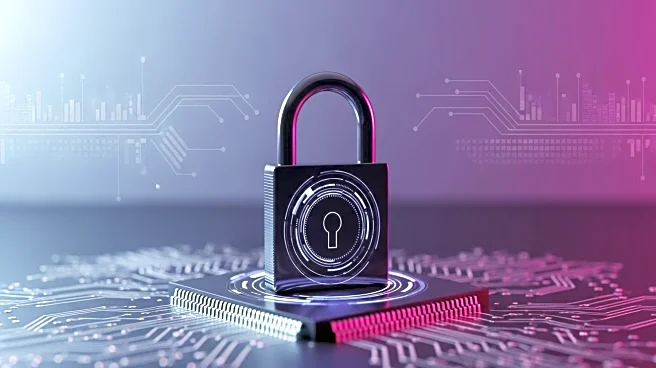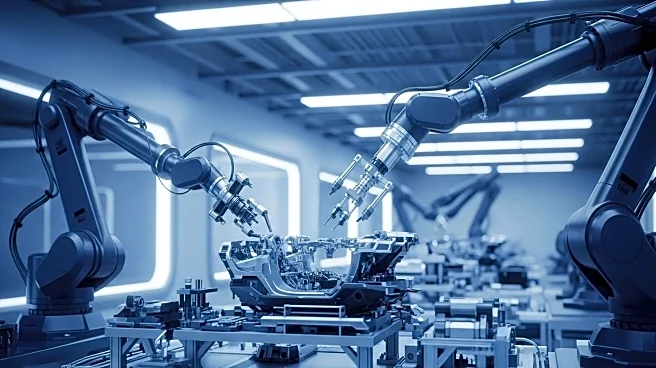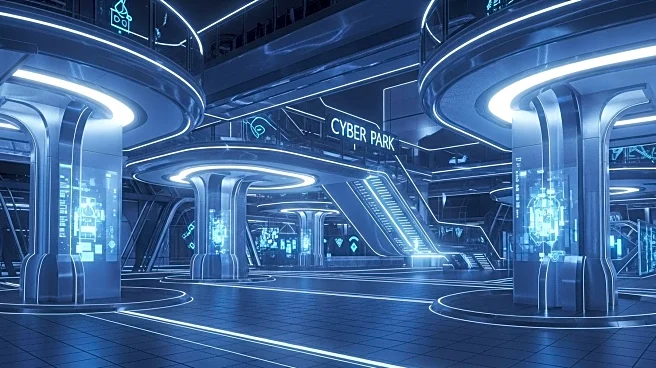What's Happening?
The Defense Department has introduced a revamped Cyber Security Risk Management Construct aimed at enhancing real-time cyber defenses. This new framework consists of five phases designed to help operators maintain a technological edge against evolving cyber threats. The approach moves away from traditional checklists and manual processes, focusing instead on automation, continuous monitoring, and resilience. The five phases include design, build, test, onboard, and operations, each contributing to a comprehensive cybersecurity strategy. The framework also incorporates ten foundational tenets, such as automation, critical controls, and DevSecOps practices.
Why It's Important?
The introduction of this new cybersecurity framework is crucial for the Defense Department as it seeks to address the increasing complexity and frequency of cyber threats. By emphasizing automation and continuous monitoring, the framework aims to provide more efficient and scalable defenses, ensuring the department can respond swiftly to adversaries. This shift in strategy reflects the growing importance of cybersecurity in national defense and the need for innovative approaches to protect sensitive information and infrastructure. The framework's focus on resilience and real-time response is expected to enhance the department's ability to safeguard against current and future cyber challenges.
What's Next?
The implementation of the Cyber Security Risk Management Construct will likely lead to changes in how the Defense Department manages its cybersecurity operations. As the framework is operationalized, it may influence other government agencies and private sector entities to adopt similar strategies, promoting a broader shift towards real-time cyber defense mechanisms. The department's focus on training and enterprise services could also lead to increased collaboration and knowledge sharing across different sectors, enhancing overall cybersecurity resilience.
Beyond the Headlines
The shift towards automation and continuous monitoring in cybersecurity reflects broader trends in technology and defense, where efficiency and adaptability are increasingly prioritized. This development may prompt discussions about the ethical implications of automated systems in defense and the balance between human oversight and technological advancement.

